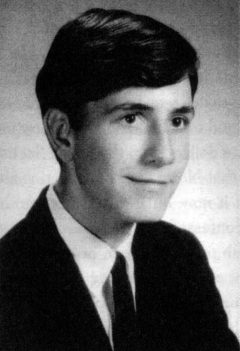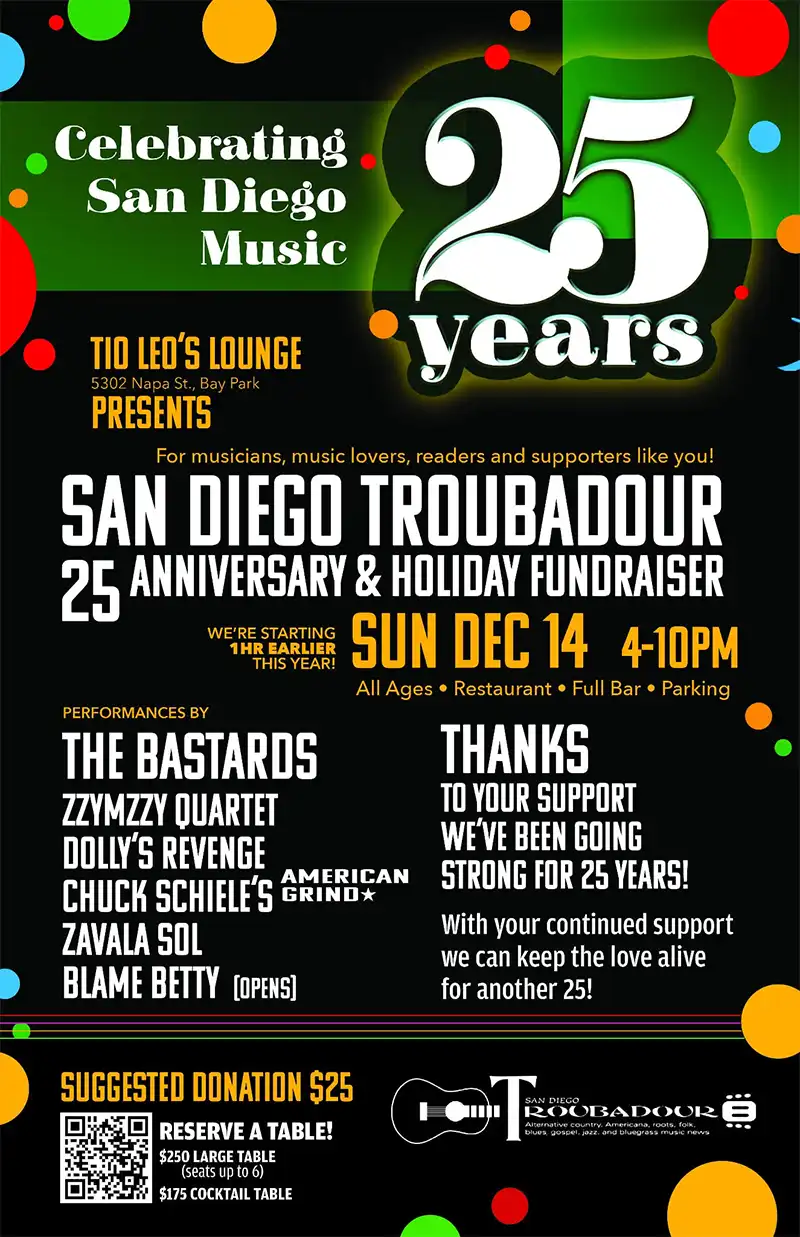Featured Stories
A Box Full of Rocks Film Review

Lester Bangs in high school
If there’s a list of rock journalists who deserve a big budget bio pic, a) it’s a short list and b) Lester Bangs has to be one of the top three choices. He’s already been portrayed in film as a minor character in the cult classic Almost Famous, but Box Full of Rocks isn’t big budget or a bio pic. Rather, it’s a fact-intensive hour and a half-long documentary set in El Cajon (“the box”), California, in the eastern part of San Diego County. There’s plenty of commentary from those who knew him along with choice selections from Bangs writings, here voiced by artist Jon Kanis.
A labor of love for producer/director Raul Sandelin, the film is a definitive look at Bangs’ early days. It’s a natural part one, ending when he leaves El Cajon in 1971 as a young man, having published his earliest reviews in Rolling Stone magazine. He was already well on his way to legendary status when he left Southern California, relocating to Detroit and writing for Creem magazine for starters. The documentary opens with mid-seventies footage of Bangs being interviewed while at Creem, for the documentary All You Need Is Love, by Tony Palmer. However, since there is no footage of Bangs during those formative years and a limited amount of photo images, Sandelin intercuts historic and current images of the areas described, alongside memorabilia and interviews with friends, family, faculty, and fellow critics. Quick cuts and a solid soundtrack keep the film moving. Music includes songs by Thee Dark Ages, the Flying Sandolini, Jon Kanis, Jack Gimble, and Robert Williams.
The producer does employ a neat device to help the stories flow. While it’s not a reenactment type of documentary, Sandelin inserts footage of actor Dominic Lerma as a teenage Bangs, overdubbed with Kanis reading his works. This is particularly effective because much of the area used as a back drop for these sequences hasn’t changed in 60 years. Although Kanis does not have an announcer sort of voice, he spits the words out with the right passion and attitude — the combination of sound and image works perfectly.
The early part of the film is a lesson in El Cajon music with San Diego legends Jerry Raney, Gary RÃ chac, and Jack Butler, who all grew up with Bangs, describing early club land and some of the other bands that were on the circuit. Other notables appearing in the film include author Jim DeRogatis, who penned the Bangs biography, Let it Blurt, as well as Ugly Things magazine editor Mike Stax.
A casual viewer might find the film a little long as it does slow a bit in the later sections. But anyone curious about Bangs will find that Box Full of Rocks hits all the marks, leaving you with more detail on his life and motivations than seems possible and leaving you hungry to find out what happened next. You get a real understanding about his upbringing, the role religion played early on, family life, and anecdotes about his eccentric ways — Bangs’ “make or break” method of narrowing down material for possible review, as detailed by RÃ chac, is pretty amusing.
For me the best part is the epilogue, which focuses on some of his post San Diego exploits but also details last meetings with his El Cajon friends. There are also moving examples of his influence, not the least of which is among creative writing students at Grossmont College.
The film leaves plenty of room for a part two, spotlighting his post ’71 era — near the end of the documentary, a photo collage of Bangs with a Creem magazine cover gallery and images of him with Paul McCartney and Bruce Springsteen attest to a life immersed in music that is only ramping up when Box Full of Rocks ends. Here’s hoping this film is indeed, just part one.
The central library in downtown San Diego is planning a screening of A box Full of Rocks on Monday, March 24, 6:30pm., 330 Park Blvd.





